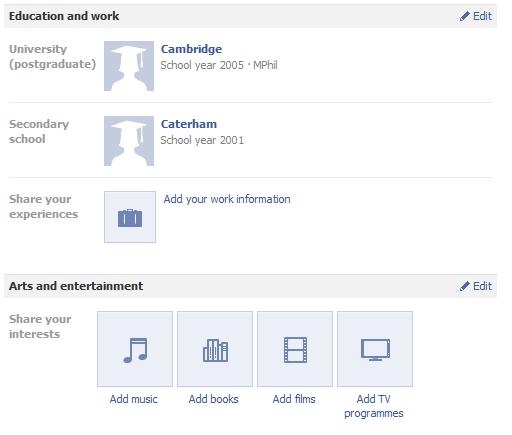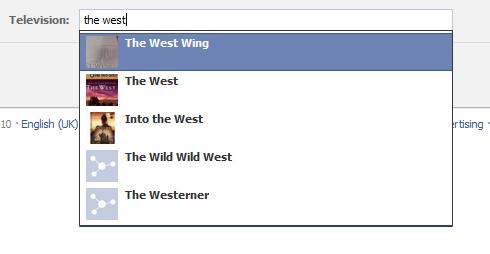The future of (the idea of) the book
630 words | ~3 min
There's been a 'kaboom' moment in publishing journalism, probably because there's been a 'kaboom' moment in the history of the book. Newsweek offers quite a deft summary of the big factors changing books and publishing, and the changes themselves. They may not all be surprising, but the scale and speed have suddenly reached a decisive rate.
Those with an interest in the history and future of the book (let me point you towards James Bridle and Ben Hammersley, for instance) have been tracking the drivers of change in publishing, and the early expressions of a seismic shift, for several years now, but a lot of that remains under the radar of public attention. Futurists (think strategy consulting rather than crystal ball-gazing here) often use the 'seasonal' classification to think about awareness of change. I like it, I use it quite a bit, so I'll use it here. In essence it's a nice piece of shorthand, and it goes like this:
- Spring: Fringe issue. Only picked up on by specialists, scientists, radicals, and similarly esoteric and out-of-the-way sources.
- Summer: Specialist issue. Discussed in subject-specific sources such as journals, conferences, blogs for expert readerships.
- Autumn: Accelerating issue. Turns up in newspaper articles, popular magazines, blogs, TV shows, etc. as a widely-discussed new thing.
- Winter: Mainstream issue. Regularly featured in government documents, corporate strategies, etc.
(Side note: I love that government reports are the benchmark medium for issues as they enter the 'duh, well, obvious' phase of their emergence.)
It feels right now like the challenges to the established forms of the book are moving from Summer to Autumn, and we're starting to take them seriously. Most of the discussion, in pieces like the Newsweek one, are about direct challenges to form, economy and use: what books are, and how we buy and read them. Newsweek's talking heads are also smart enough to know that challenge doesn't equal overthrow when it comes to media forms (see my many rantings on the 'Twitter exists, therefore email is dead' type of fallacy), and that there's no reason to assume that paper books don't have significant vitality left for certain functions.
So let me float another question, one that may still be hovering in Spring. What will the emerging challenges to the form, economy and use of the book do to our idea of the book as a meaningful unit within culture?
If this sounds like a crazy question, there's a good reason for that. The form of the book had a reasonably (though not entirely) easy time of it between about the eighteenth century and the mainstreaming of the web in developed countries about fifteen years ago. It's now taking a bit of a beating, but not for the first time. I don't have time now, and this post is long enough (an idea which raises questions of its own, I know), but over the next few days I'll aim to write one or two more posts which look at a couple more flashpoints in the history of the book - specifically, in Europe in the 12th and the 16th centuries - and offer a way of thinking about how cultures and books make sense of each other.
Meanwhile, I'd love to get a bit of a thread going on the future of the book, one of my favourite topics. Please do comment, trackback, tweet (I'm @alexsteer) or similar if you have thoughts on the bigger implications of the changing nature of books. Thanks!
# Alex Steer (06/02/2011)
 Right, so what's happened here? Clearly a forty year period does not constitute a period of economic shock, and everything other than that massive hill of data does not constitute a meaningful change in usage.
If you bother to go to Google Books and
Right, so what's happened here? Clearly a forty year period does not constitute a period of economic shock, and everything other than that massive hill of data does not constitute a meaningful change in usage.
If you bother to go to Google Books and 

